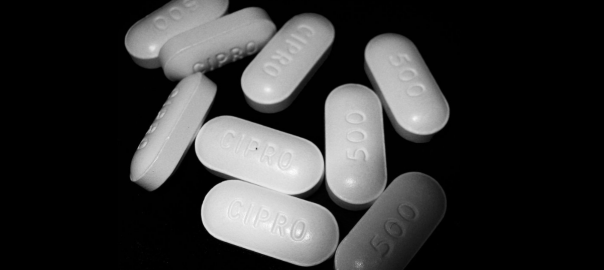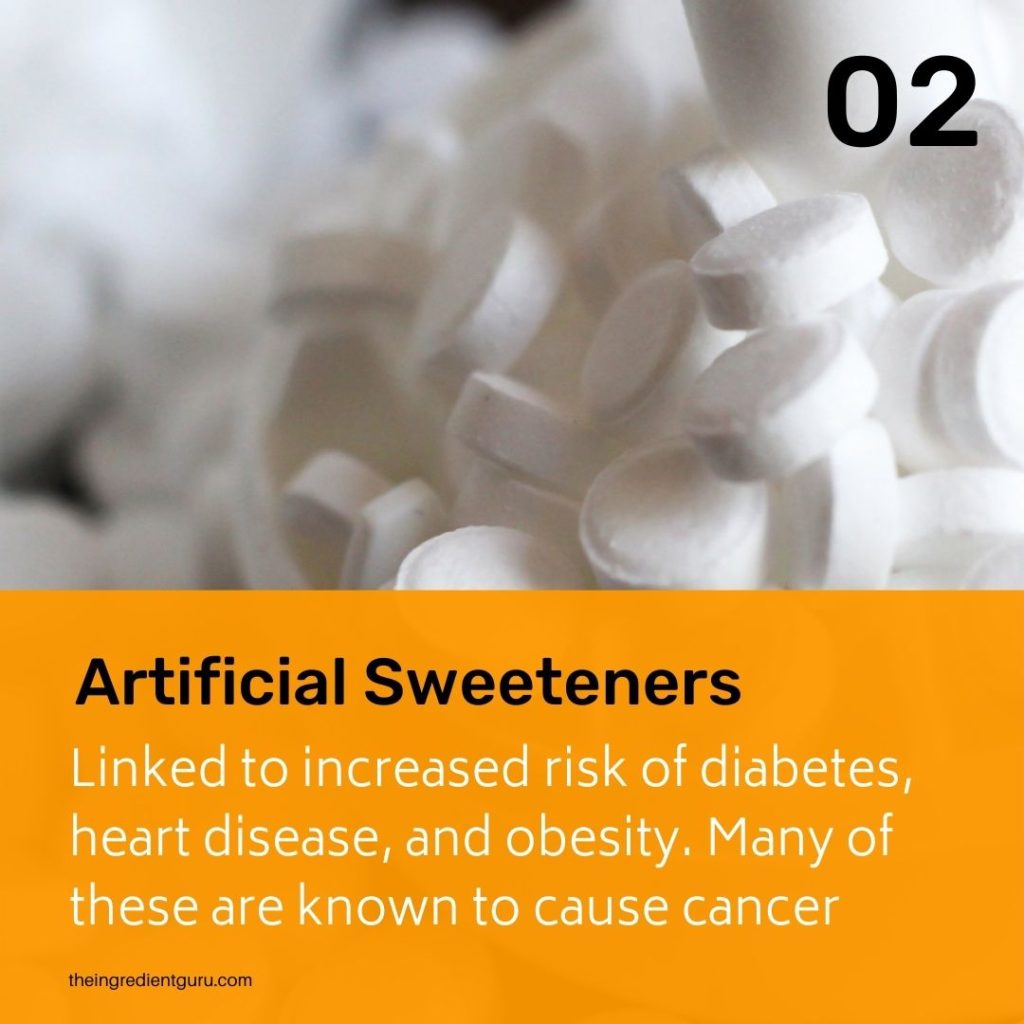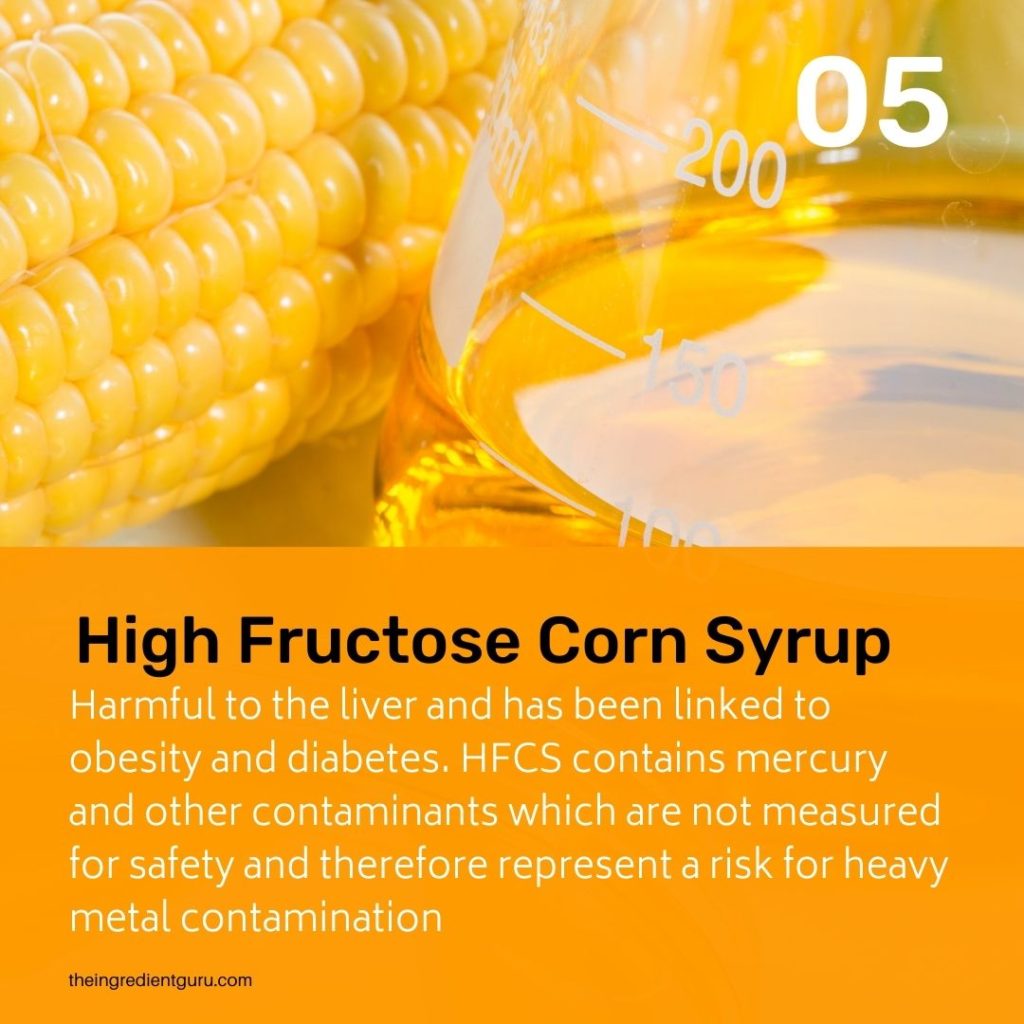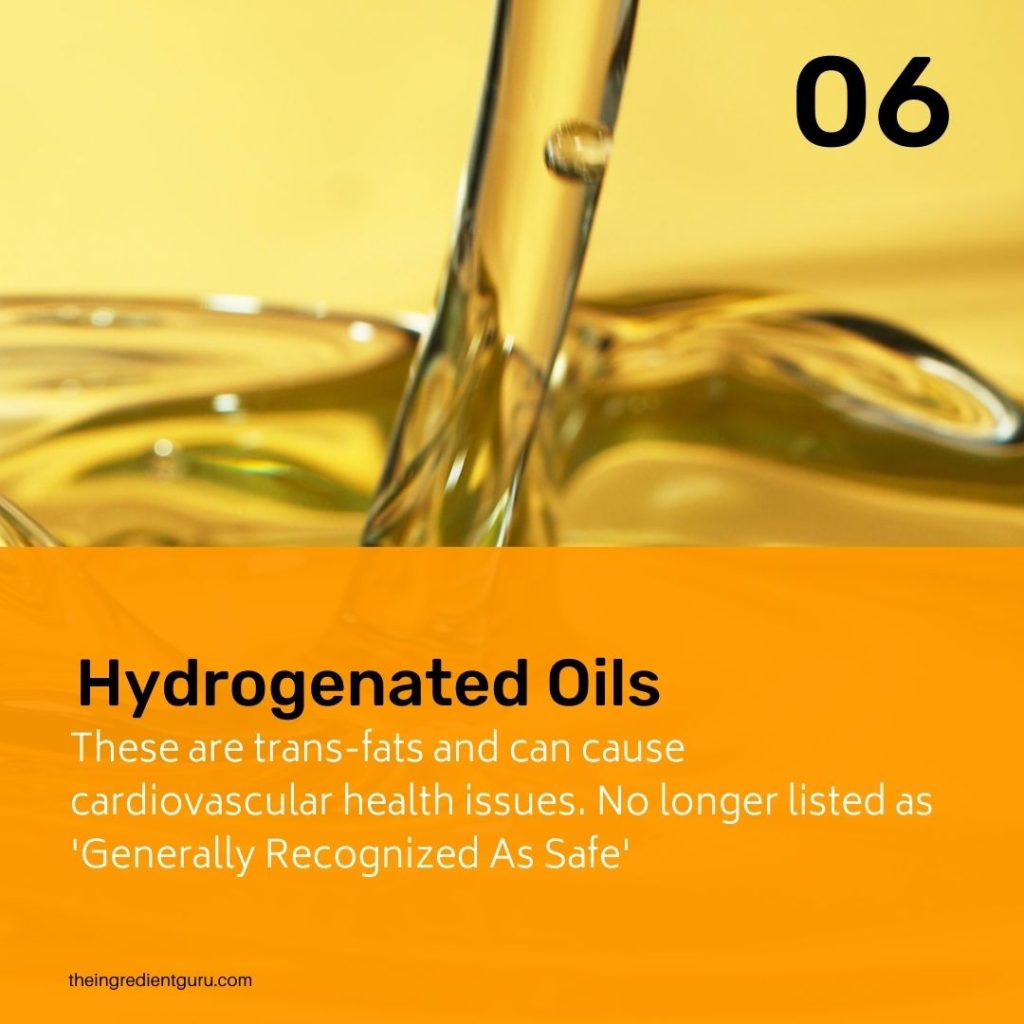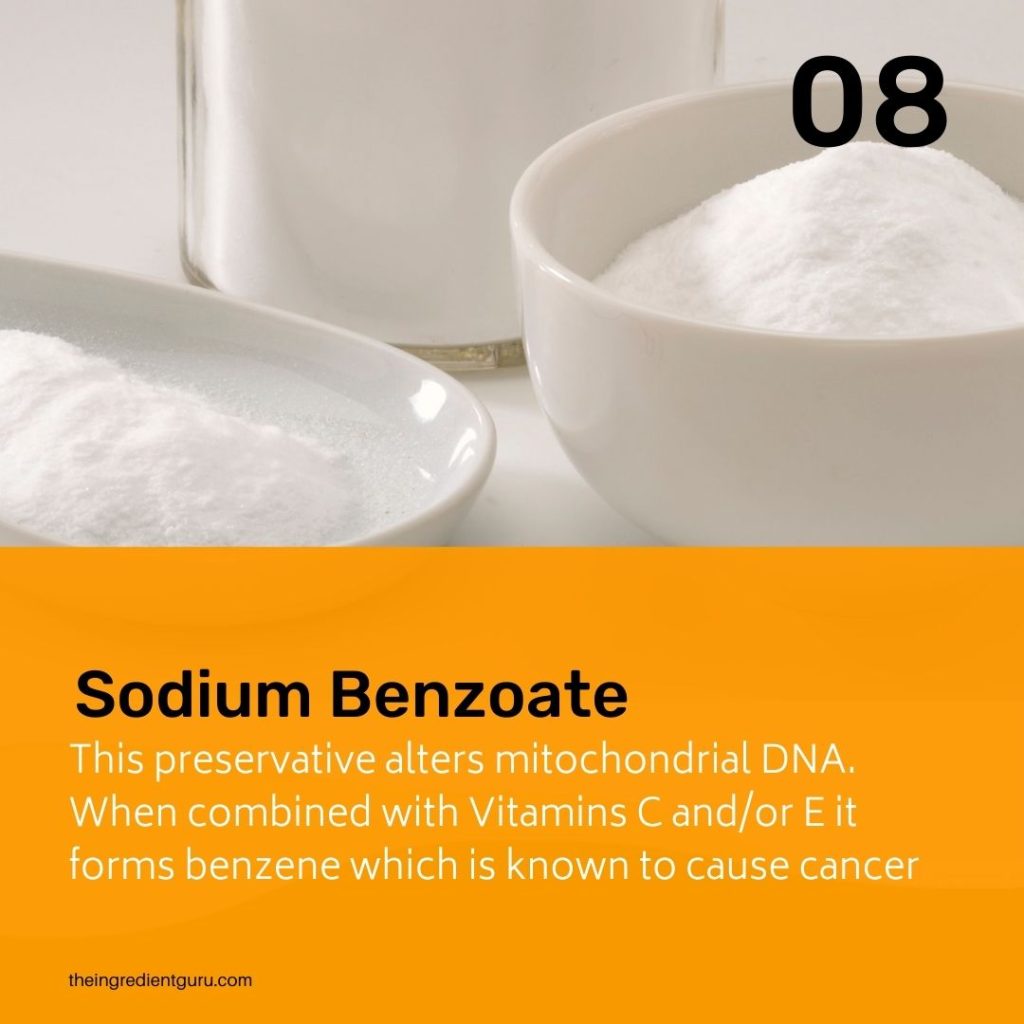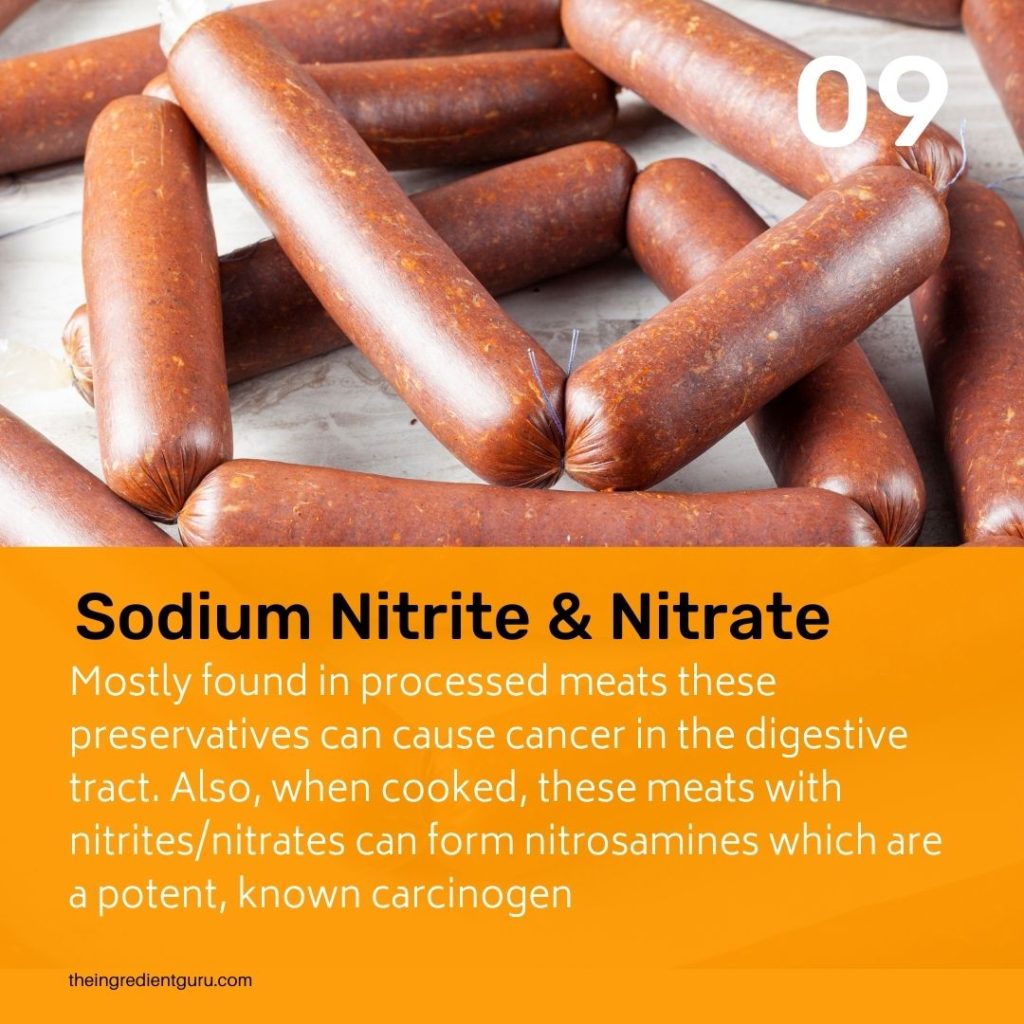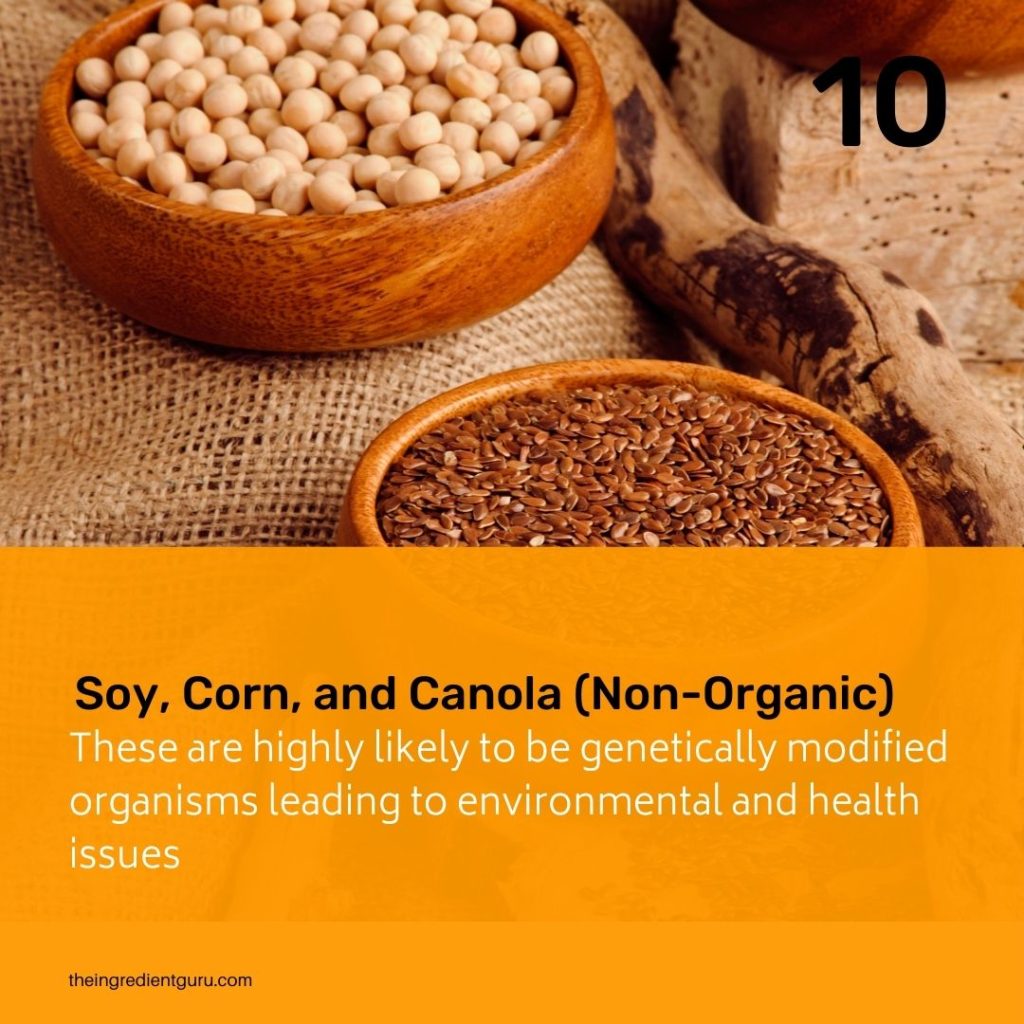Understanding glyphosate
There's an increasing amount of attention to how harmful glyphosate (the active ingredient in Monsanto's Round Up) is. Roundup is not only used as a weed killer, it's now also being used as a desiccant, to dry crops before harvesting. Currently sprayed on wheat, oats, and beans, Monsanto additionally recommends it for desiccant use on flax, non-GMO canola, Non-GMO soy, peas, lentils, and sugar cane. This increases our exposure to glyphosate dramatically.
Not only are crops grown with genetic modification to allow for large scale use of Roundup as a weed killer, these crops are being dosed with extra applications before harvesting. Non-GMO crops can be exposed to Roundup through wind-borne and insect-borne exposures. Unfortunately, with the use of Roundup as a harvesting agent, now even non-GMO crops may be purposefully sprayed. For some crops this could mean as many as three deliberate exposures to glyphosate.
Impact of glyphosate
Leaving aside the fact that Roundup is not an effective weed killer1 there are a wide range of issues regarding it's use
- large scale harm to the environment2
- it adversely affects mineral content of the crops3
- increasing evidence that it causes gut health issues and can damage DNA4
- the World Health Organization has deemed it a probable carcinogen5
there's one fact that most people don't realize. First developed as an antibiotic, glyphosate was not as effective as it's developers intended. However they realized that it had potential as an herbicide and a new product was born. Decades later we are dealing with an increasing fallout in terms of exposure, the impact on the environment, and the increase in illnesses linked to glyphosate exposure. Increasing numbers of the population are experiencing issues with gut health, autoimmune system challenges, food allergies and more. Issues that at their root have to do with the very nature of an antibiotic, to kill cells. Yet we continue to bathe our crops, and our planet, in this persistent, endocrine disrupting, harmful product.
A new herbicide
So why do I mention Roundup? Because it's happening again. Scientists in Australia have discovered that the antibiotic Ciprofloxacin (commonly known as Cipro) appears to be an effective herbicide. According to Dr. Josh MyIne from the School of Chemistry and Biochemistry at the University of Western Australia, “It kills plants in a very similar fashion to the way it kills microbes, by binding and interfering with an enzyme called gyrase.” This may wind up being a case of history repeating itself. Once again we potentially have an antibiotic being used as an herbicide. Doubtless it will come with claims that it will be harmless to humans once it's used for an agricultural purpose. As we are learning from glyphosate. This is not true.
Dangers of Cipro
What makes the use of cipro especially concerning is that it belongs to a particular class of antibiotics known as fluoroquinolones. While a potent and effective antibiotic, this class of medication has a high potential for toxic side effects including pain, depression, CFS, thyroid issues, and more. I learned a startling amount of information about how harmful these medications can be from The Anxiety Summit Season 4 where my friend and colleague, Trudy Scott, the Food Mood Expert, spoke at length with fluoroquinolone toxicity patient advocate, Lisa Blomquist.
As yet we have no idea what the potential for harm is from converting antibiotic cipro to an herbicide. But if we take a lesson from the previous example it does not look promising. Unfortunately the potential exists for cipro to be brought to agricultural use without examining any of those issues.
* * * * *
1 Glyphosate-resistant Weeds: current status and future outlook
2 The Environmental Impacts of Glyphosate
3 Damaging Effects of Roundup (and its active ingredient glyphosate)
4 Gut-Wrenching: New Studies Reveal the Insidious Effects of Glyphosate
5 IARC Monographs Volume 112: evaluation of five organophosphate insecticides and herbicides

